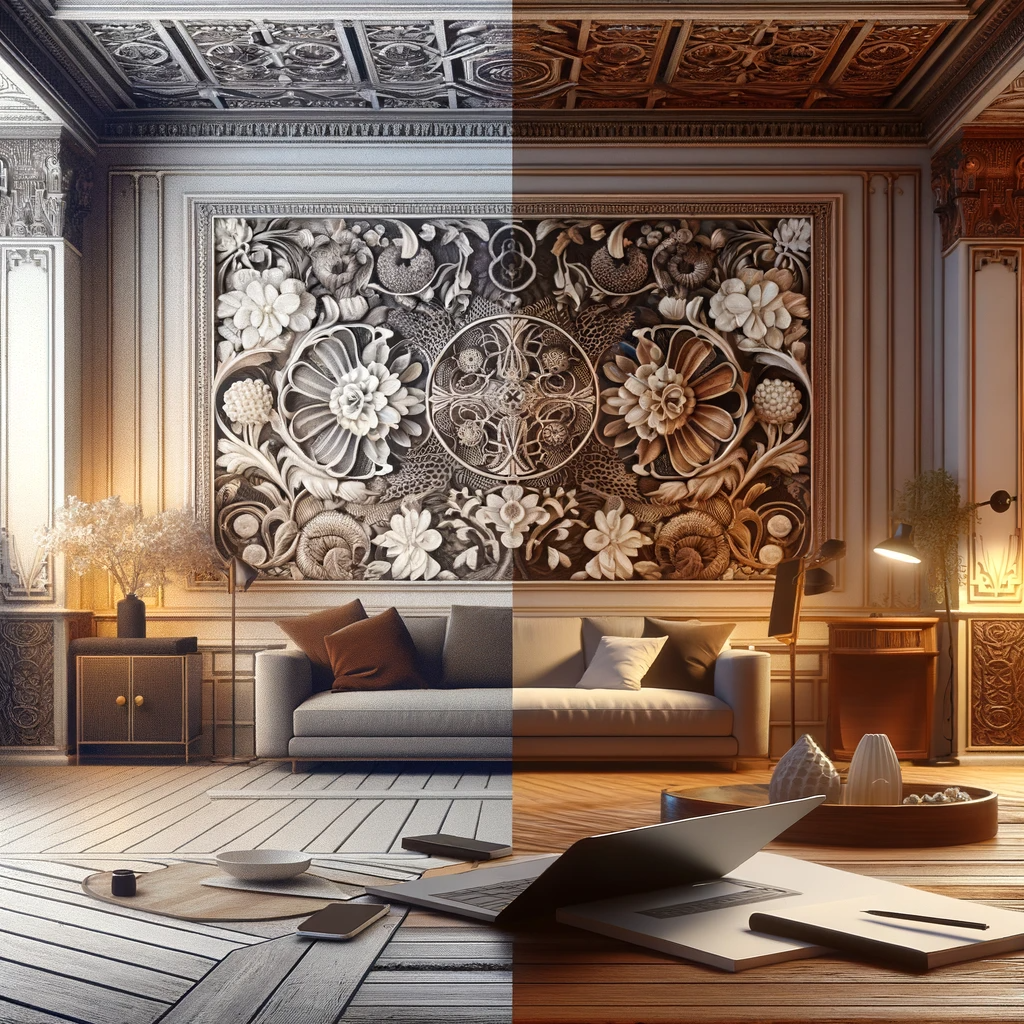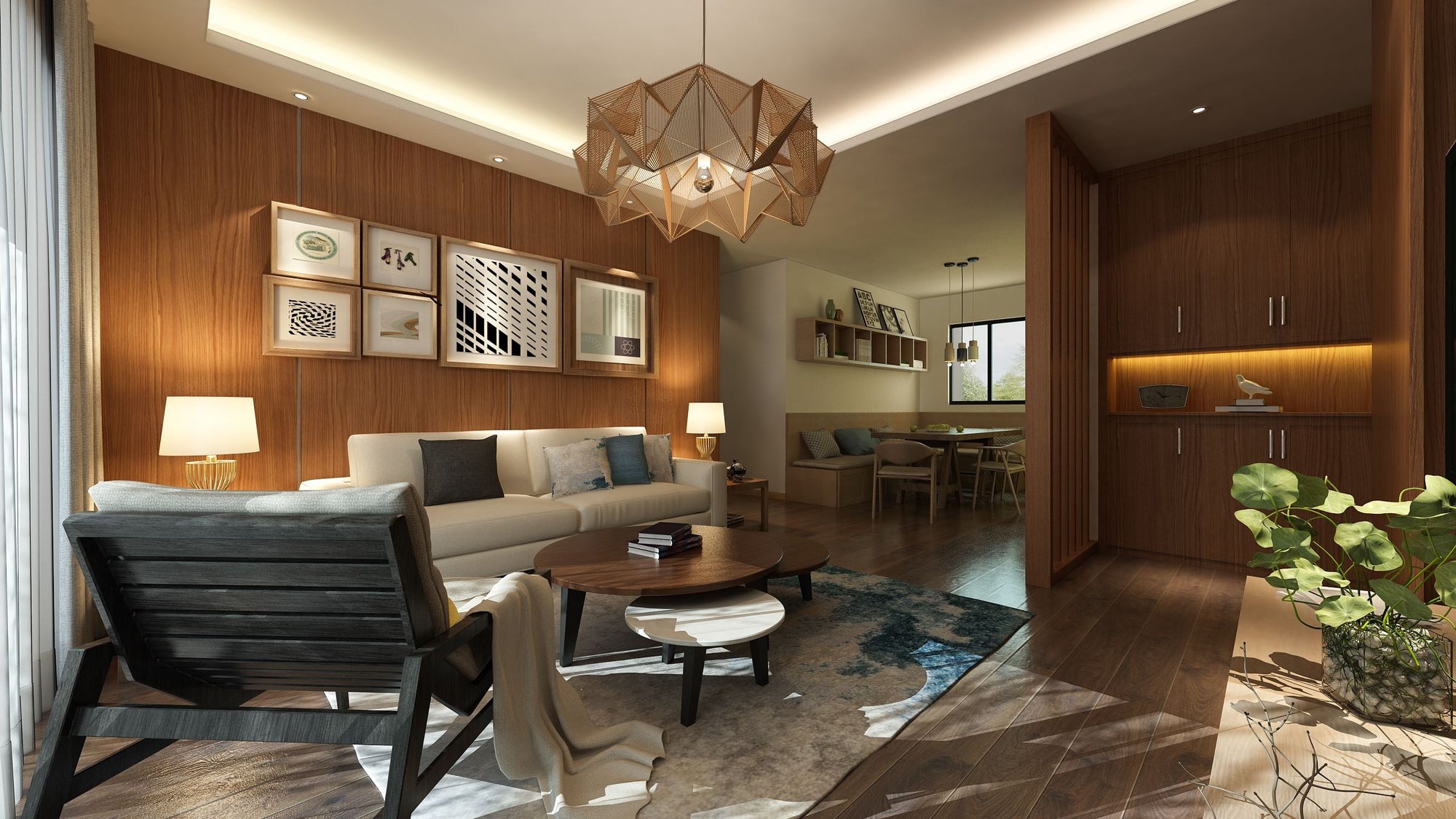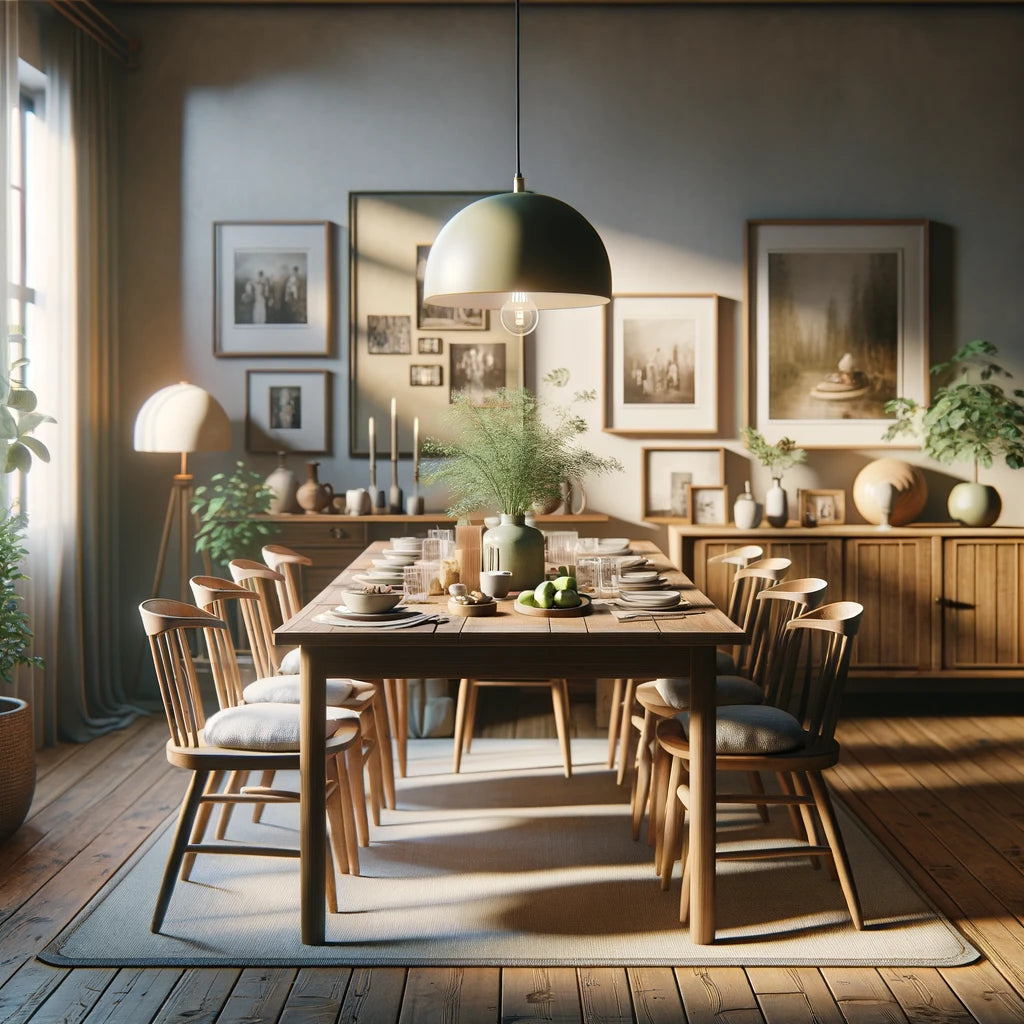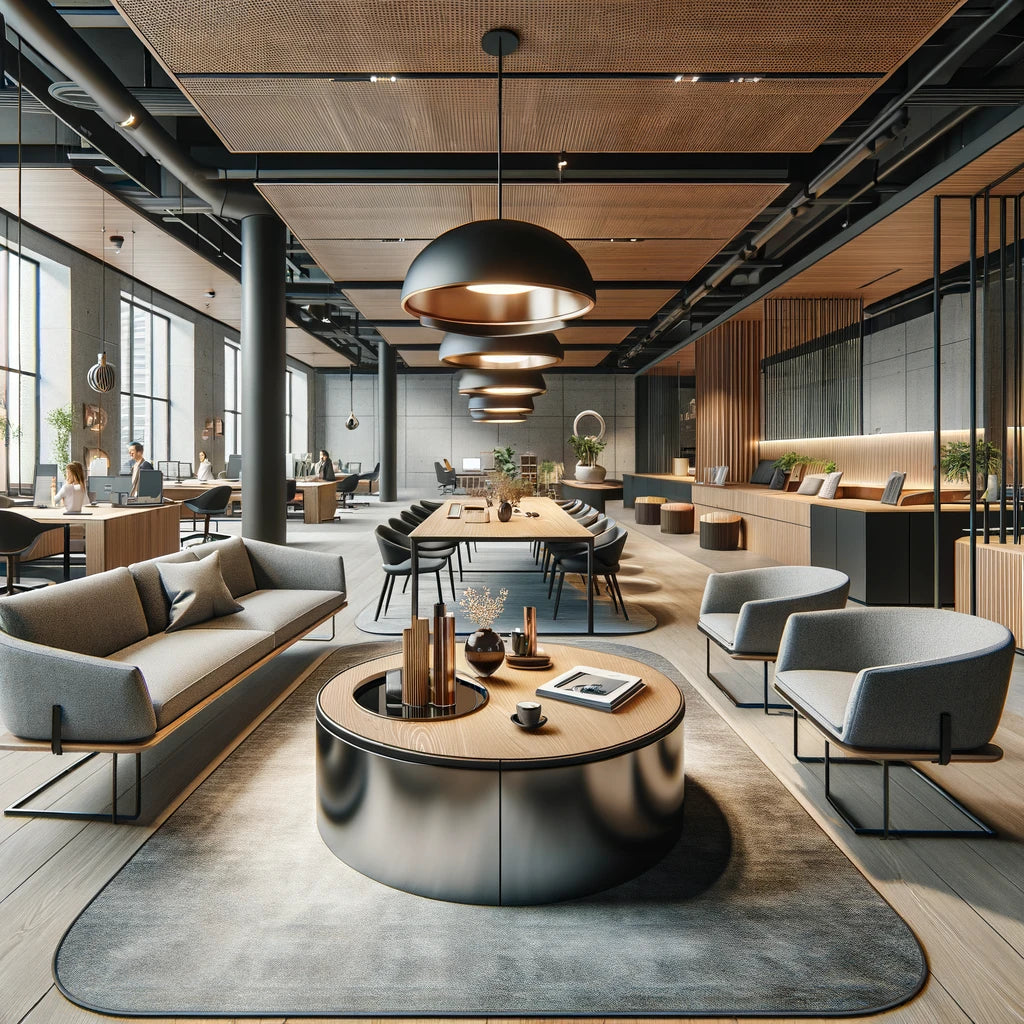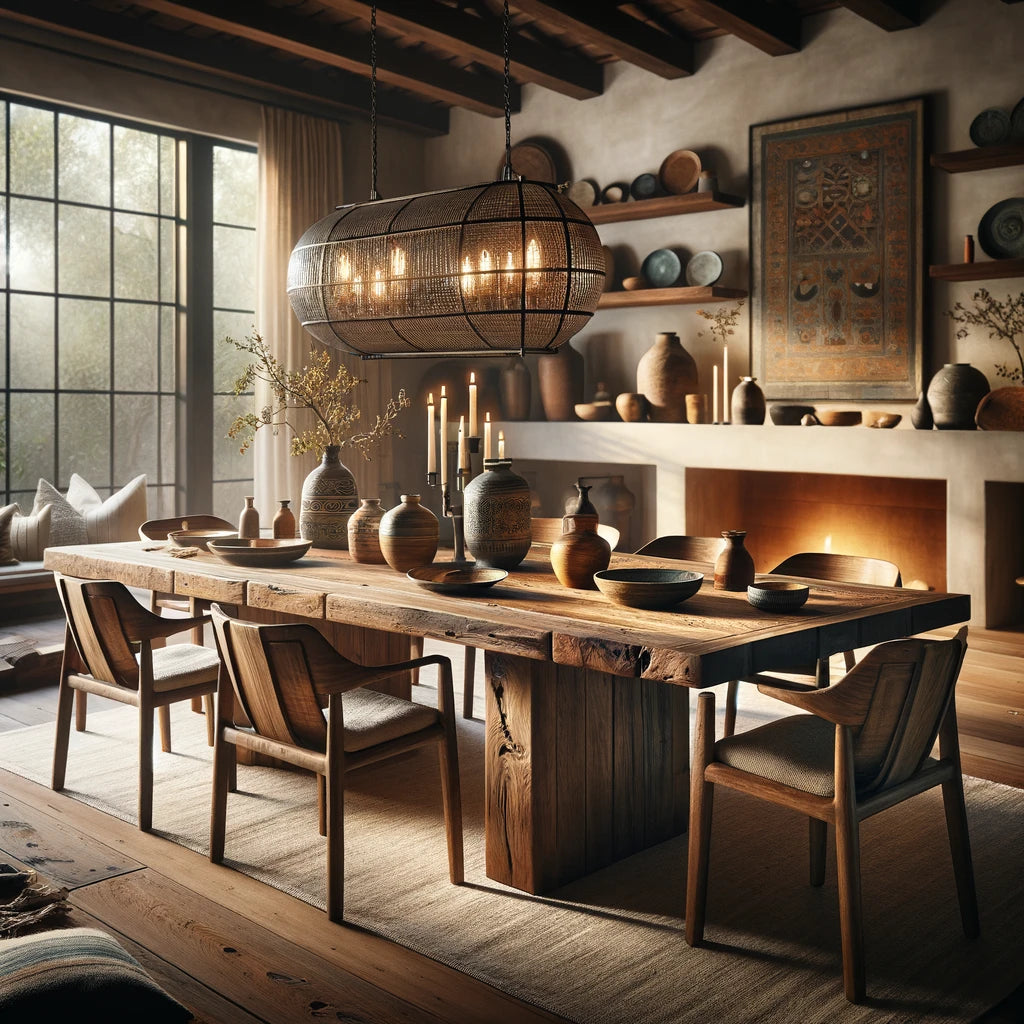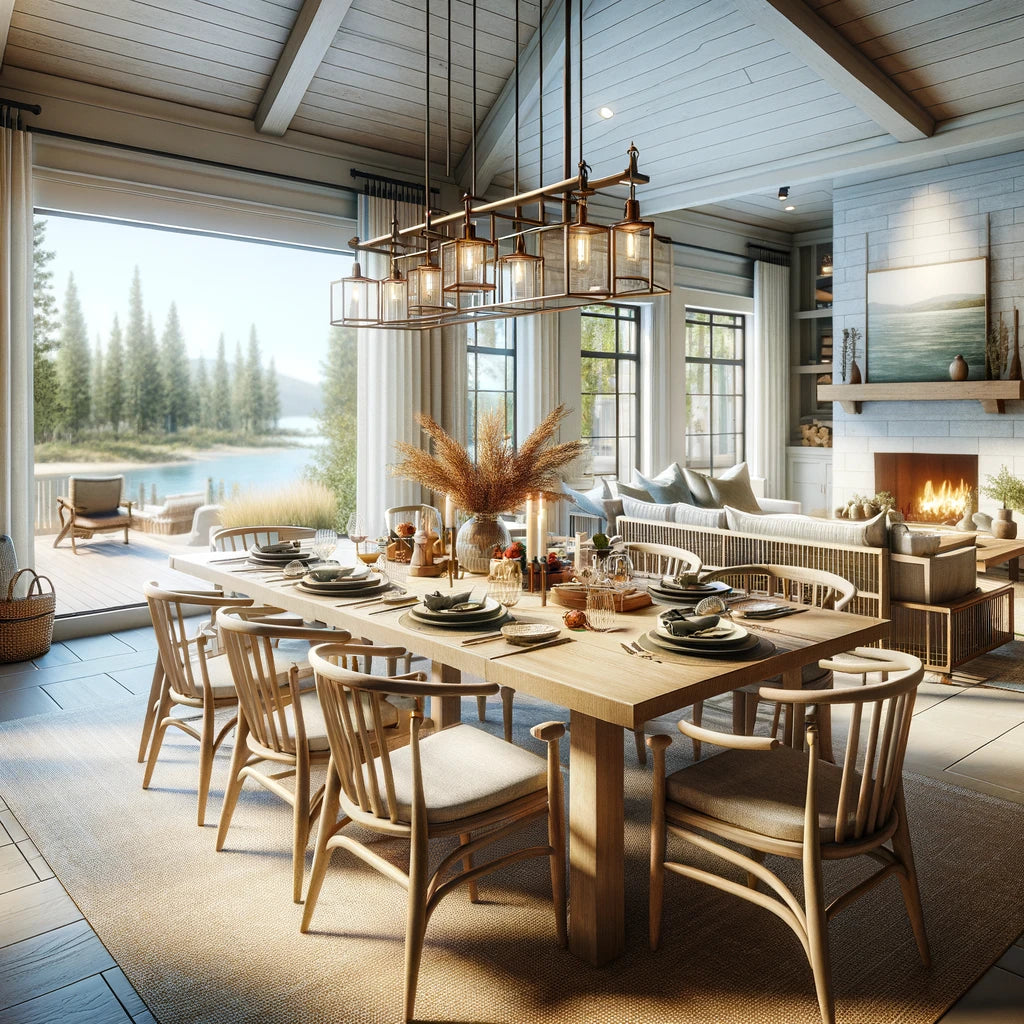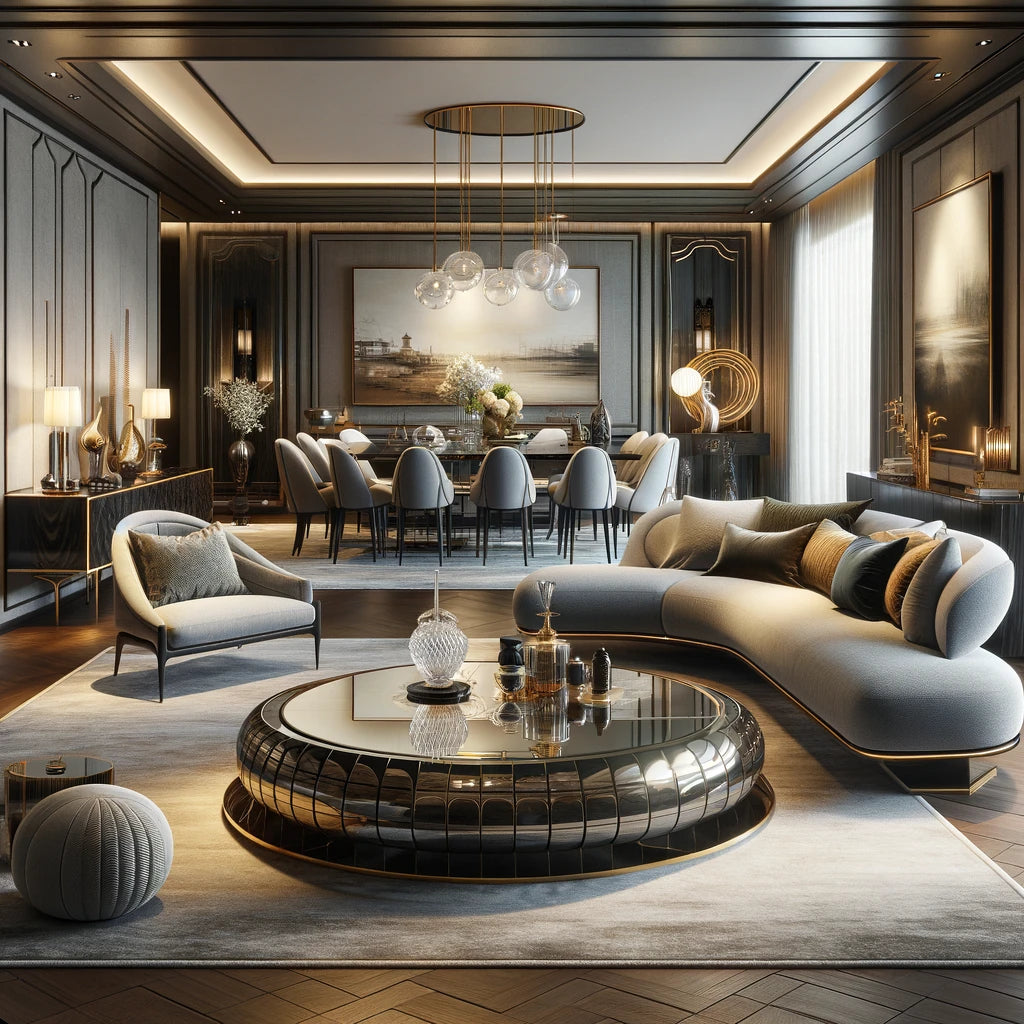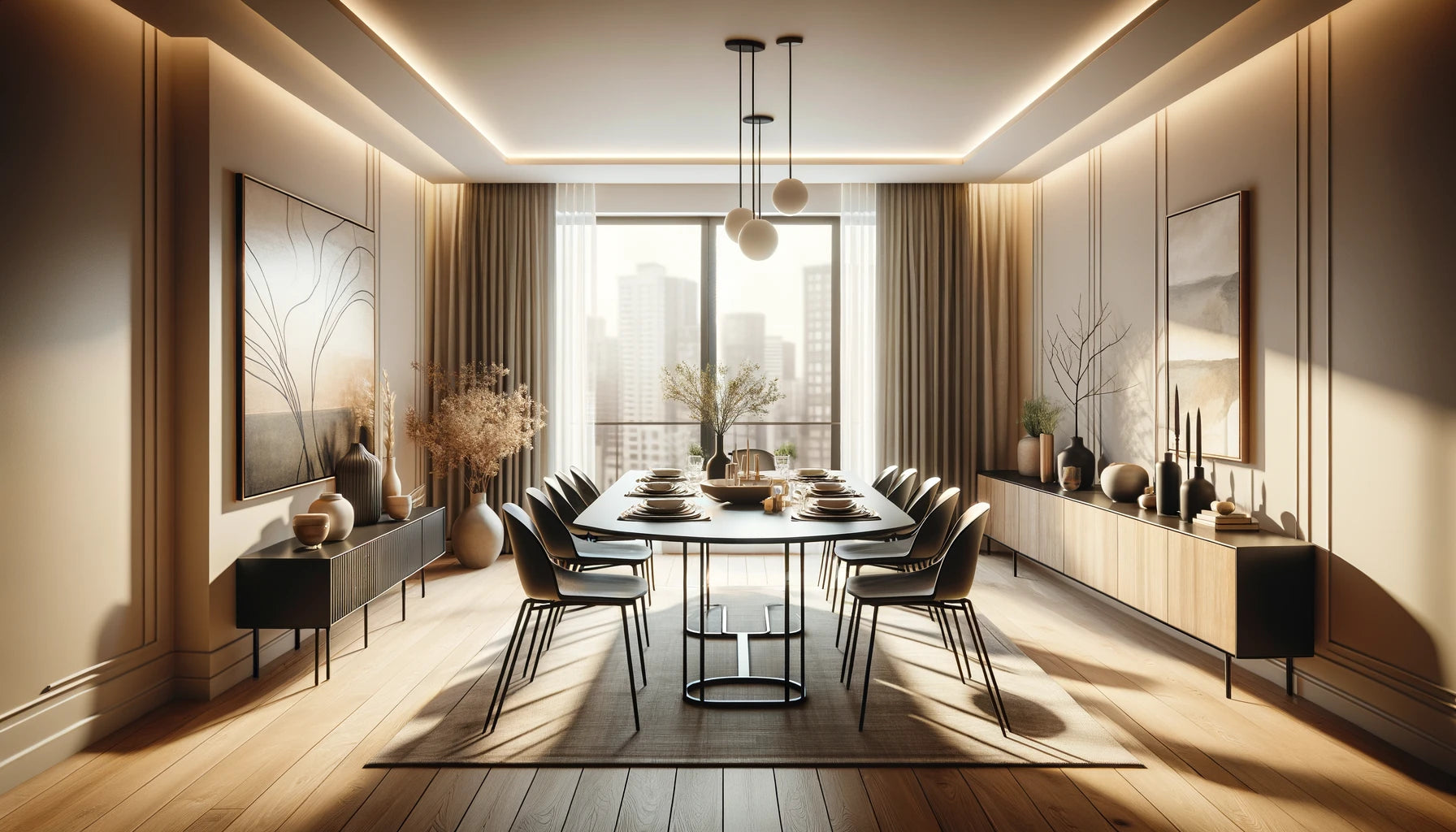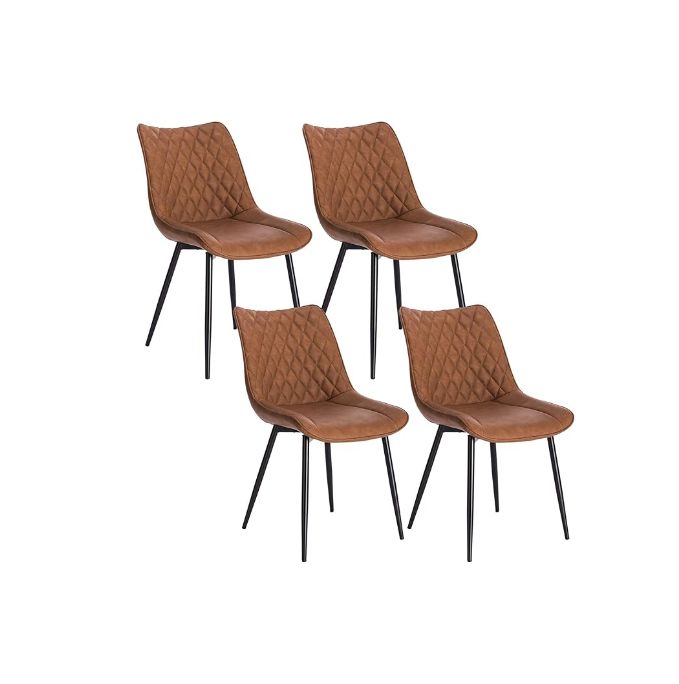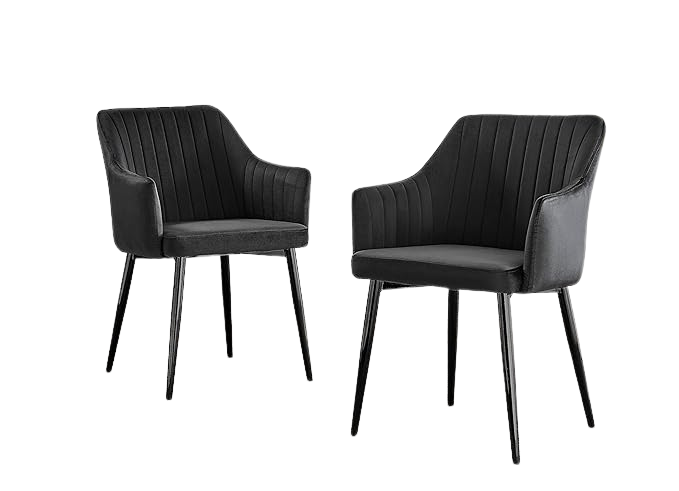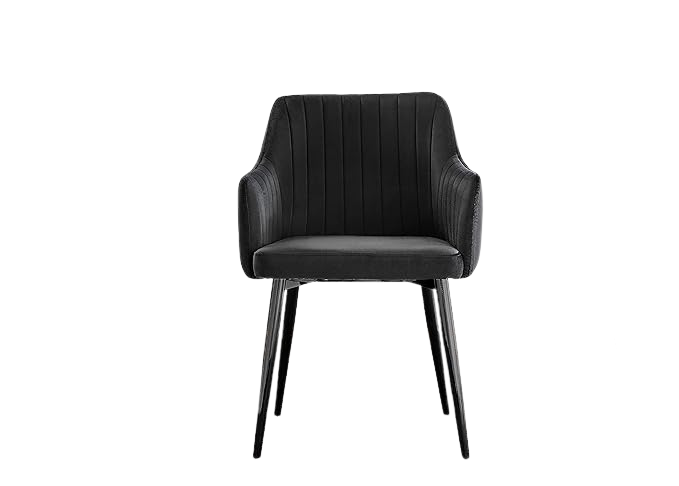In the realm of interior design, the fusion of historical elegance and modern simplicity presents a unique and enchanting aesthetic.
This approach celebrates the rich tapestry of design history while embracing the sleek, functional aspects of contemporary living. From the intricate architectural elements of bygone eras to the sophisticated comforts of modern furnishings, this blend creates spaces that are both nostalgically charming and refreshingly innovative.

Let's delve into how classic design elements and modern trends can coalesce to transform homes into timeless yet modern sanctuaries.
A Nod to the Past: Classic Architectural Elements
Historical design elements extend beyond mere aesthetics.
Rooted in specific architectural eras, they tell a story and bring depth to modern homes. For instance, incorporating Art Deco patterns in flooring and wall designs can instantly transport the space back to the 1920s glamour. Similarly, using exposed beams or brickwork adds a rustic, industrial feel, reminiscent of loft-style living spaces in converted historical buildings.
The juxtaposition of these classical elements with modern amenities is key. For instance, in a stunning Edwardian-style home, integrating state-of-the-art technology in a kitchen adorned with period-style cabinetry can create a beautiful dialogue between old and new. This blend not only makes the home unique but also ensures functionality and comfort were not compromised.
Window treatments and door designs inspired by past eras can significantly impact a room's ambiance. For example, installing French doors or panelled Victorian windows in a modern home enhances natural light while adding an elegant touch. The use of stained glass, common in Gothic and Victorian architecture, introduces vibrant colours and patterns, infusing historical charm into a contemporary setting.

Fusion in Furnishings: Antiques Meet Modern Comfort
This blending of styles extends to every home corner.
One memorable example we have seen was a sleek, contemporary dining table surrounded by ornate, baroque-style chairs in a client's home. This unexpected pairing created a stunning visual impact, highlighting the antique chairs' craftsmanship against the modern table's simplicity. In another home, an Art Nouveau headboard complemented with minimalist bedside tables and modern lighting balanced old-world charm with contemporary functionality.
Revitalising antiques is another aspect of this fusion. Reupholstering a classic Louis XVI armchair in vibrant, modern fabric breathed new life into the piece, making it relevant and eye-catching in a contemporary setting. The key to this approach is selecting antiques with timeless lines and shapes, ensuring they harmoniously coexist with modern pieces.
Accessories and small details also play a significant role in this fusion. In a recent renovation that we saw, placing a contemporary sculpture on an antique console created an intriguing dialogue between different time periods. Even in spaces like bathrooms, adding a vintage mirror or an heirloom rug introduced layers of history into a modern design.

Decorative Details: Art and Accessories
Art and accessories are vital in merging historical charm with contemporary flair.
Incorporating heirloom textiles like vintage rugs or antique tapestries adds a layer of history and texture to modern rooms. A collection of small antiques, such as vintage clocks or classic vases, displayed on sleek, modern shelves creates a striking visual display that honours both past and present.
Mixing genres and periods in artwork can produce a dynamic and eclectic gallery wall. In one home, a bold, contemporary abstract painting was hung alongside a classic portrait, each piece complementing the other in unexpected ways. This approach not only added visual interest but also invited conversation and storytelling about the pieces' origins and meanings.
The use of modern accessories in updating a space should not be underestimated. Contemporary throw pillows, minimalist vases, or abstract sculptures provided a fresh and modern touch to rooms with historical elements, ensuring the space felt grounded in the present. Functional items like clocks, mirrors, or lighting fixtures served as artistic statements, blending utility with aesthetic appeal.

Colour and Texture: A Canvas of Time
The interplay of colour and texture in this design philosophy is about aesthetic appeal and evoking emotions.
Deep, rich colours like emerald green or burgundy, drawn from historical palettes, imbues rooms with luxury and timelessness. These can be contrasted with modern design's crisp, neutral tones to prevent spaces from feeling too heavy or dated.
Texture plays an equally crucial role. Combining fabrics like brocade or damask with modern furniture creates a tactile experience that is both inviting and intriguing. Natural materials such as wood and stone, staples in historical design, integrate with contemporary materials like polished concrete or steel, offering a touch of nature and authenticity.
Incorporating elements like wallpaper with vintage patterns or modern geometric designs also enhances a room's depth and character. Wallpaper serves as a focal point or a subtle background, depending on its pattern and placement.

Conclusion
The artful integration of historical and modern design elements forms a living space that transcends time.
It's a creative journey that respects the past's craftsmanship and embraces the future's innovations. This approach doesn't just decorate a space; it tells a story, weaving together different eras into a cohesive and captivating narrative. The result is a home that is not merely a place to live but a testament to the enduring beauty of design, a space where every corner, every piece, tells its own timeless tale.


